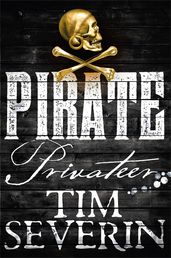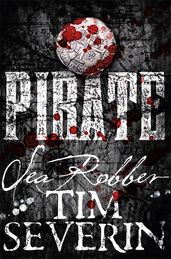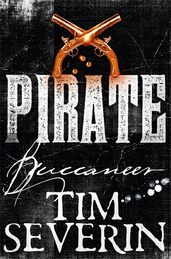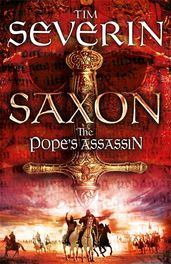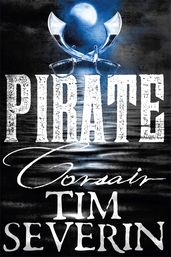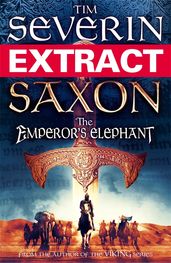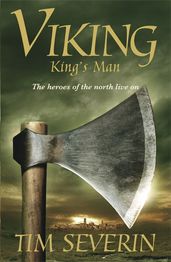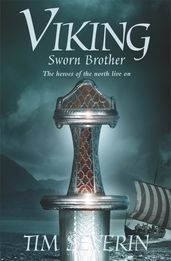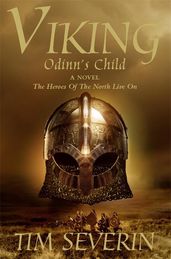Tim Severin
Tim Severin, explorer, filmmaker, and lecturer has retraced the storied journeys of Saint Brendan the Navigator, Sindbad the Sailor, Jason and the Argonauts, Ulysses, Genghis Khan and Robinson Crusoe. His books about these expeditions are classics of exploration and travel.
He made his historical fiction debut with the hugely successful Viking series, followed by the Pirate and Saxon series.
Books by Tim Severin
Series by Tim Severin

